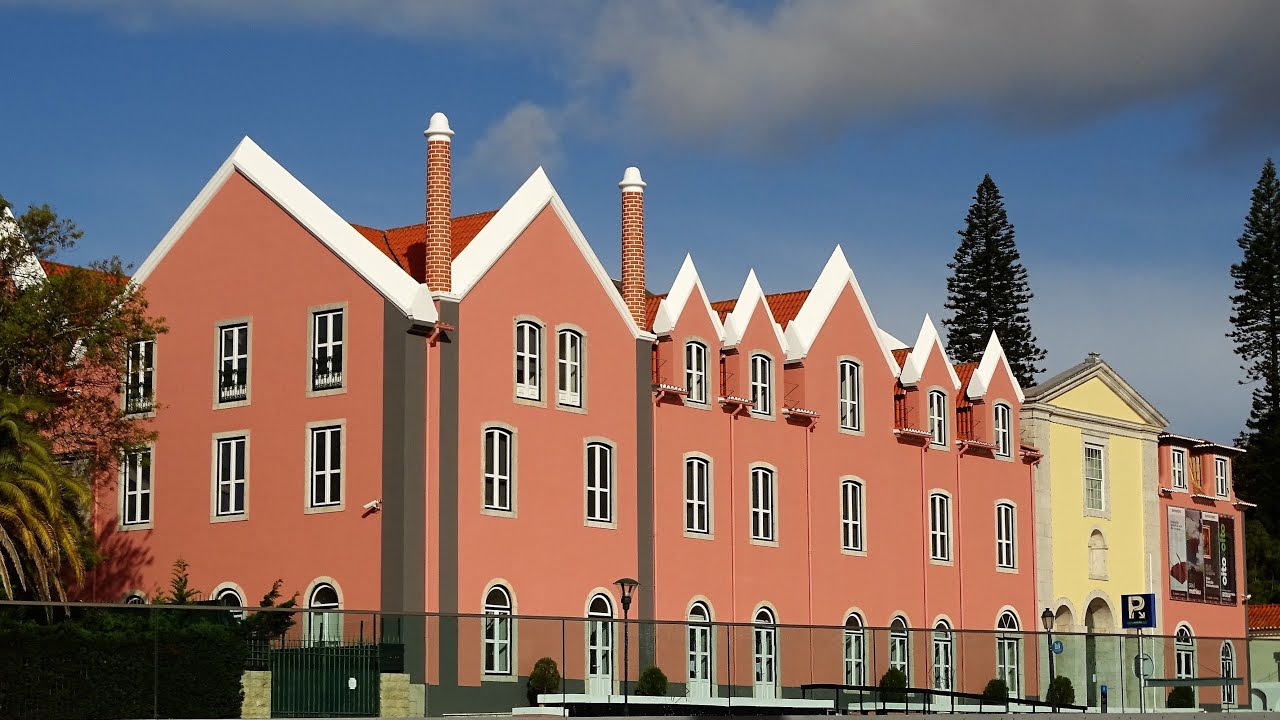2024 Venues
Venues for the competition and other activities

Teatro Nacional de São Carlos
Address: Largo de São Carlos, Lisboa
The São Carlos National Opera House, a neoclassical building of marked Italian inspiration, started its construction in 1792 and was inaugurated the following year. Located right in the heart of the Chiado district, São Carlos has been the stage of the greatest operatic, dancing, choral and symphonic accomplishments. Throughout its already bicentenary existence, a cluster of the most illustrious singers, dancers and instrumentalists have been performing in its regular seasons since its opening. With a capacity of more than 800 seats, its stunning main auditorium is regarded as one of the most beautiful halls of the world. With its extraordinary past, São Carlos – the only lyric Portuguese theatre – is today a much alive and genuine house of culture respected and cherished by all opera, dance and classical music lovers.

Casino Estoril
Address: Av. Dr. Stanley Ho, Estoril
Casino Estoril, on the Portuguese Riviera, is considered the largest casino in Europe, and also enjoys great prestige worldwide.
Founded by Fausto de Figueiredo, it was opened in 1931 and is today operated by the company Estoril Sol. During the Second World War, with Portugal in a neutral position in the middle of this conflict, Casino Estoril became a place frequented by spies and exiles, and also by various royal families. Given its grandeur and historical events, the Casino was the setting for the film Casino Royale, starring James Bond.
It is a big complex of games and leisure, distinguished by its ability to promote the arts and entertainment. “Stars” who need no introduction passed through Casino Estoril, such as Woody Allen & His New Orleans Jazz Band, B.B. King, Scorpions, Gilberto Gil, Ute Lemper, among many others.

Casa das Histórias
Address: Av. da República 300, Cascais
The most international of Portuguese visual artists, Paula Rego, chose Cascais to build “her” Casa das Histórias (House of Stories). Designed by architect Eduardo Souto de Moura, it was inaugurated in September 2009 and won the 2010 Secil Architecture Prize. Its two brick-colored pyramidal structures, immediately recognizable from a distance, and the interior paved in blue Cascais marble, highlight aspects of local architectural history and the use of materials from the region in a contemporary tone.
With the mission of providing knowledge and enjoyment of the stories that tell the work of Paula Rego and her artistic connections, this art museum hosts a permanent exhibition with a significant set of her graphic work and also two temporary exhibitions per year. The rotating exhibition and presentation of the collection, the active and dynamic educational service and the diverse parallel programming thus create a cultural service of excellence.

Cascais Cultural Centre
Address: Av. Rei Humberto II de Itália, Cascais
The Cascais Cultural Centre is in the former Convent of Nossa Senhora da Piedade, a secular building built by the IV Count of Monsanto, D. António de Castro, who intended to install the first Portuguese College of Philosophy there, in the 17th century.
In March 1994, rehabilitation work began, with the north wing being the first to be completed. The remaining wings were subject of archaeological excavations that ended only in 1997.
The Cascais Cultural Centre opened its doors on May 15, 2000 and presents itself as a multidisciplinary space, especially dedicated to the visual arts. It has an auditorium with capacity for 112 seats, suitable for conferences, seminars, small music concerts, performances and also a terrace located in the interior courtyard. It also includes a cafeteria run by Conversas da Gandarinha, providing catering support for various events.

